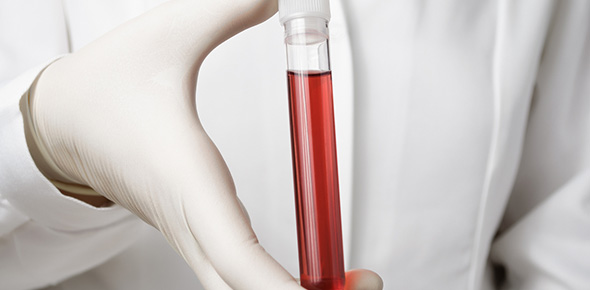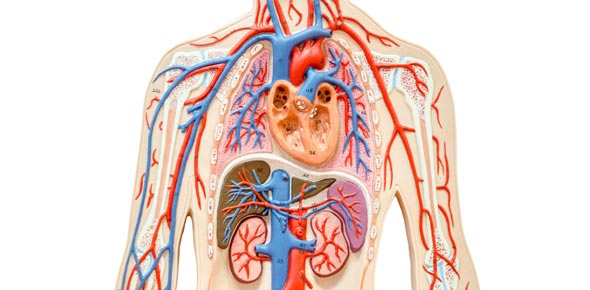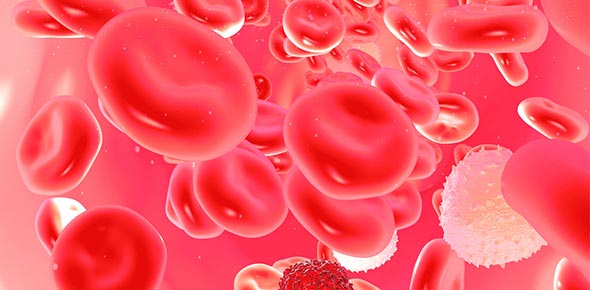Related Flashcards
Related Topics
Cards In This Set
| Front | Back |
|
Arterial blood gas (ABG)
|
Analysis of arterial blood to determine the adequacy of lung function in the exchange of gases
|
|
PH
|
Abbreviation for the potential of hydrogen; measurement of blood acidity or alkalinity
|
|
PaO2
|
Abbreviation for partial pressure of oxygen; measurement of the amount of oxygen in the blood
|
|
PaCO2
|
Abbreviation for partial pressure of carbon dioxide; measurement of the amount of carbon dioxide in the blood
|
|
Endoscopy
|
Examination inside a body cavity with a flexible endoscope for diagnostic or treatment purposes
|
|
Bronchoscopy
|
Use of a flexible endoscope, called a bronchoscope, to examine the airways
|
|
Nasopharyngoscopy
|
Use of a flexible endoscope to examine the nasal passages and the pharynx to diagnose structural abnormalities, such as obstructions, growths, and cancers
|
|
Examination methods
|
Techniques used during physical examination to objectively evaluate the respiratory system
|
|
Auscultation
|
To listen; a physical examination method of listening to the sounds within the body with the aid of a stethoscope, such as auscultation of the chest for heart and lung sounds
|
|
Percussion
|
A physical examination method of tapping the body to elicit vibrations and sounds to estimate the size, border, or fluid content of a cavity, such as the chest
|
|
Lung biopsy (Bx)
|
Removal of a small piece of lung tissue for pathologic examination
|
|
Lung scan / ventilation-perfusion (V/Q) scan
|
A two-part nuclear (radionuclide) scan of the lungs to detect abnormalities of ventilation (respiration) or perfusion (blood flow) made 1) after radioactive material is injected in the patient's blood, and 2) as the patient breathes radioactive material into the airways; comparison of the two scans indicates whether an abnormality exists in the airways or the pulmonary circulation
|
|
Magnetic resonance imaging (MRI)
|
Nonionizing image of the lung to visualize lung lesions
|
|
Polysomnography (PSG)
|
Recording of various aspects of sleep (i.e., eye and muscle movements, respiration, and brain-wave patterns) for diagnosis of sleep disorders
|
|
Pulmonary function testing (PFT)
|
Direct and indirect measurements of lung volumes and capacities
|







